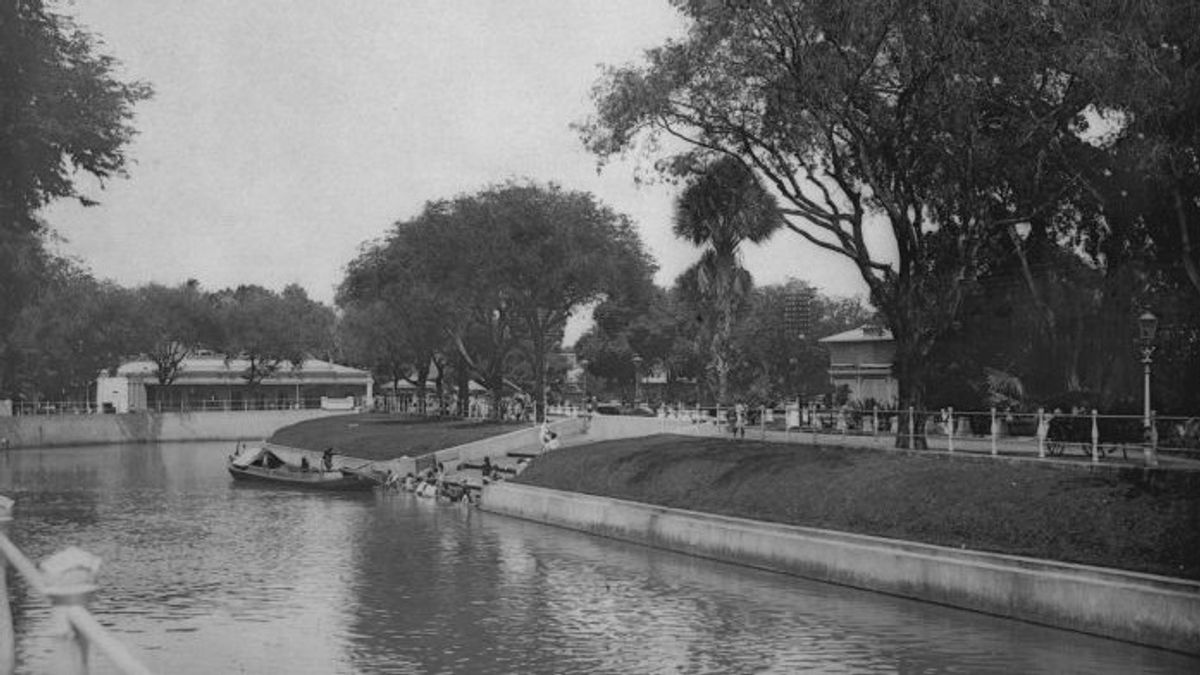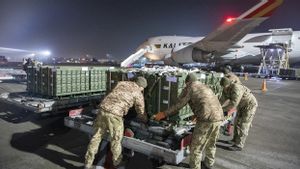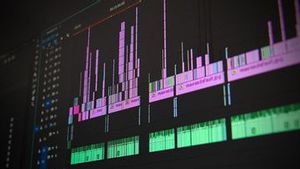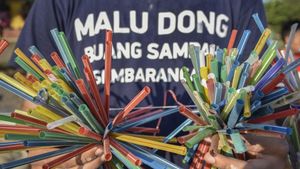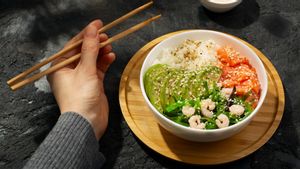JAKARTA - Batavia was awarded the title of the most beautiful city in the archipelago. The Dutch trading company VOC was the mastermind. The beautiful city planning was built while following in the footsteps of cities in the Land of Windmills. From canals, buildings, to streets. Even the city of Batavia is pedestrian friendly.
Pedestrian access is designed to be as convenient as possible. Complete with sidewalks, relaxing areas, and banks decorated with shady trees. The beauty is second to none. Therefore, people also dubbed Batavia as the Queen of the East.
The Governor General of the VOC who had served twice --1619-1623 and 1627-1629-- Jan Pieterszoon Coen made a big contribution. He is considered the founder of Dutch colonialism in the archipelago. Not only that. Coen measurably conquered Jayakarta and turned it into an imitation of a city in the Netherlands in 1619. Batavia was the name.
For Coen the establishment of Batavia should not be arbitrary. The feel of hometown is required to be an important element of urban planning. Beauty is an aspect that cannot be missed. Moreover, Coen wanted a city that could maintain the purity of the Dutch.

The agenda made Coen and the city planners build Batavia massively – if not on a large scale. Canals to control river flow were built. Luxury houses along the canal then followed. Another beauty can be seen from the planning of city streets that are made regularly.
All of these designs have the same characteristics as cities in the Netherlands. Its characteristic is in the city of Batavia which is surrounded by canals and walls. Coen did not forget to complete the development of Batavia by establishing a government center: Kasteel Batavia. A Kasteel built from the ruins of Jayakarta.
“Batavia, which was built on the former ruins of Jayakarta by Jan Pieterszoon Coen, is an attempt to create an imitation of a Dutch city. The city design is functionally simple with a straight network of roads and canals. Even the meandering Ciliwung river is straightened. From the point of view of the city layout the City Hall (Stadshuis) is at an advantageous point that the building is placed in a straight line with the Citadel (Kasteel) which is connected by the Ciliwung River.”

“Both of them were the most important buildings in Batavia at that time. Kasteel To eliminate the hustle and bustle of traffic. The Town Hall was not positioned exactly at the confluence of two criss-crossing avenues, the Nieuwpoortstraat (now the Big Door) and the Leenwinnegracht canal that connected the East and West parts of the city. Another well-laid street is intended as the main residential area (Tijgersgracht), while Pintu Besar is a commercial street with rows of shops,” wrote a Tempo Magazine report entitled Building a Dutch City in Batavia (1971).
The VOC also intervened to build roads, churches and hospitals. As a result, the development was very tempting for every traveler who visited Batavia. Moreover, each right side is always planted by rows of shady trees.
Slowly the splendor of Batavia emerged by word of mouth. Those who have lived for a long time, or those who have just come to Batavia, always sing praises. The praise was because Batavia was transformed into a proper settlement for Europeans.
In a sense, Batavia is no less beautiful than other cities in Asia. People then dubbed Batavia as the Queen of the East. Not infrequently also called by the name of Venice of the East.
“The splendor of Batavia as the seat of the VOC was appointed by Jan Harmenz de Marre (1696-1763). The content of this work is based on his experience for approximately 20 years working for the VOC and living in Batavia. The first book contains poems praising the greatness of the VOC, which is described as the Queen of the East who succeeded in bringing the coffers of money to the West and had raised the city of Batavia.”
“The second book contains poems about the journey to visit the magnificent VOC buildings in East Batavia and the graves of people who have contributed to the VOC. The third book contains poems that tell of the poet's dream to meet JP Coen who tells the origin of the city of Batavia. The fourth book contains a visit to West Batavia. In the west, there are warehouses belonging to the VOC, a fish market, a pier where VOC ships docked, an orphanage and a hospital for the Chinese," wrote Christina Suprihatin in her writing in the Journal of Wacana entitled Stories from the East (2008).
Pedestrian friendly
Horse-drawn carriages and walking are the main choices for the residents of Batavia in their daily activities. The activity was carried out with great joy. Because, the VOC made Batavia with an orderly and wide road layout.
Likewise for road access for pedestrians. The space for pedestrians is made as wide as possible. Thanks to him, the residents of Batavia are happy to walk for all activities. From going to work, praying, to relaxing by the canal.
Even walking activities were also used as a means to show off the wealth of the elite group in Batavia. Every time they walk, they immediately get a pleasant experience. Especially with the shady weather because Batavia still has many shady trees.
“A city that is a very important warehouse deserves constant beautification. However, this city does not have elegant buildings, with the exception of the recently built church. The forms of government buildings are generally rigid, without grandeur, and do not match while the architecture of the houses is adapted to the climate, but the front looks are too uniform and not in high taste.”
“No other city in the world has such wide and famous streets. Everywhere, there are clean and sturdy sidewalks for pedestrians, most of which are crossed by canals whose two sides are lined with beautiful and shady trees. The canals were navigable and used to transport food and merchandise to the shops that would receive them,” the French philosopher Monk Guillaume-Thomas Raynal wrote as written by Bernard Dorleans in the book Orang Indonesia & Orang France (2006).
The convenience of access for pedestrians makes many poets stroll around the canal. The romantic atmosphere of the canal became their training to spawn works of songs and poetry typical of the 17th century. They sang a lot of praises related to the beauty of Batavia. The same applies to all forms of life in it.
They can enjoy the coolness of Batavia all morning until evening. At night, Batavia is transformed into a romantic city. Everything happened just before Batavia was eroded by the desire for development. One that invites disease outbreaks. Others, invite the noise of the steam tram public transportation rate which takes many lives from the pedestrians.
“Batavia's greatest prosperity occurred in the late 17th and early 18th centuries. In those days, the small town was bustling with Dutch and Chinese activity, and the streets were filled with people dressed in the most exotic and colorful manners and historian Valentijn writes: No city is more beautiful than Batavia at night. At night young people ride boats on the canals while playing music and singing,” concluded Bernard HM Vlekke in the book Nusantara (1961).
*Read other information about JAKARTA HISTORY or read other interesting articles from Detha Arya Tifada.
Other MEMORIESThe English, Chinese, Japanese, Arabic, and French versions are automatically generated by the AI. So there may still be inaccuracies in translating, please always see Indonesian as our main language. (system supported by DigitalSiber.id)
